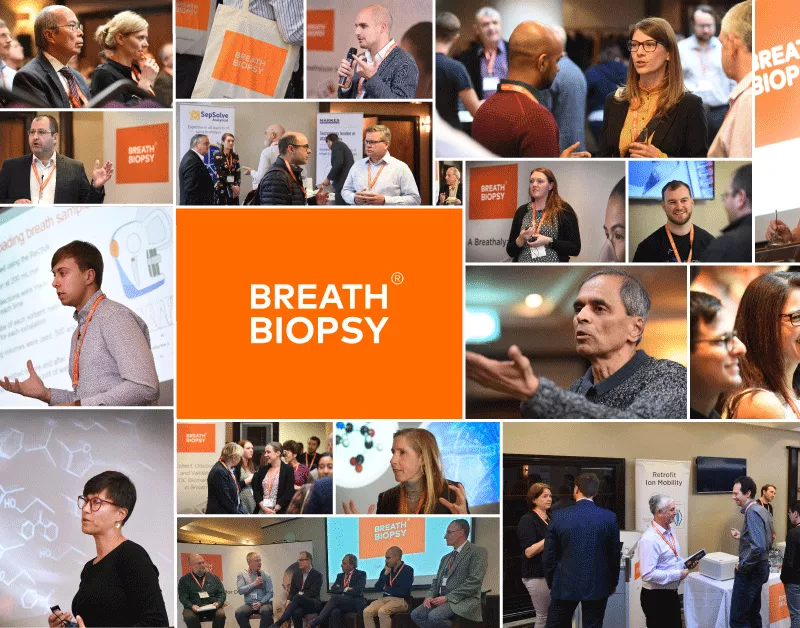
Leaders in the Field
Explore articles, from some of the pioneers in breath research, in our in-depth interview series.

Renelle Myers: Translating breath research into the clinic
“Through the ReCIVA, Owlstone gave us a collection device that’s well designed and easy to use – it made it easier for us to enter into the realm of breath research.”

Anke-Hilse Maitland-van der Zee: Breath’s place among the omics sciences
“Breath is very easy to collect. It’s a very non-invasive measurement, it doesn’t hurt. We do a lot of research in children, so it’s especially important to find non-invasive ways to collect information.”

Salman Siddiqui: The way forward for breathomics
“Patient studies in the 1,000s are usually required to validate high quality diagnostic markers for clinical practice. So we need to do big studies, supported by the right level of funding, with breath as the primary focus.”

Kevin Lamote: Building a career in breath research
“Breath analysis is a field that will have a high impact, once we have results that can be used in the clinics, because of its non-invasiveness and the ease of sampling.”

Richard Yost: A pioneer in massspectrometry
“Innovation happens in a place where there’s some risk and there’s people, like Owlstone, in small companies who are willing to take that risk and move science forward.”

James Covington: The future of breath research
“There have been real advancements in our ability to measure and separate VOCs. This is linked to how data is processed and in particular the use of machine learning.”

Paul Brinkman: Bringing breath tests into the home
“It’s important to know whether exhaled metabolites originate from bacteria, an inflammatory response, or something else. That’s why we’re culturing bacteria and cells, and studying VOCs that originate from those cultures.
